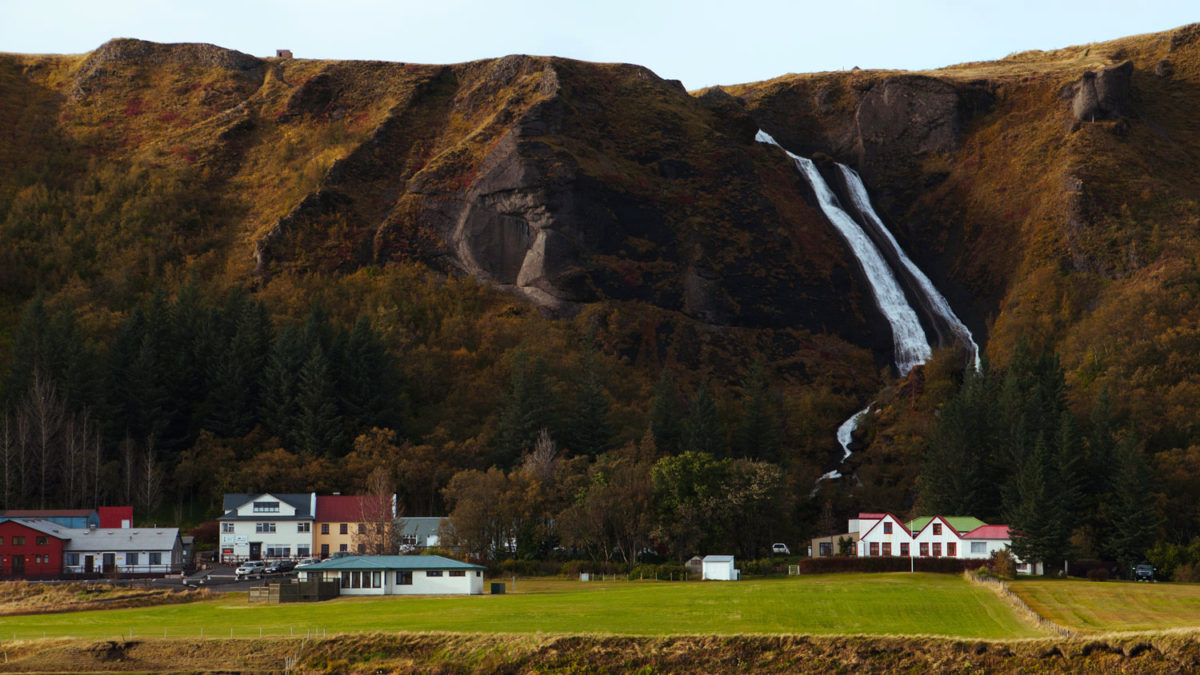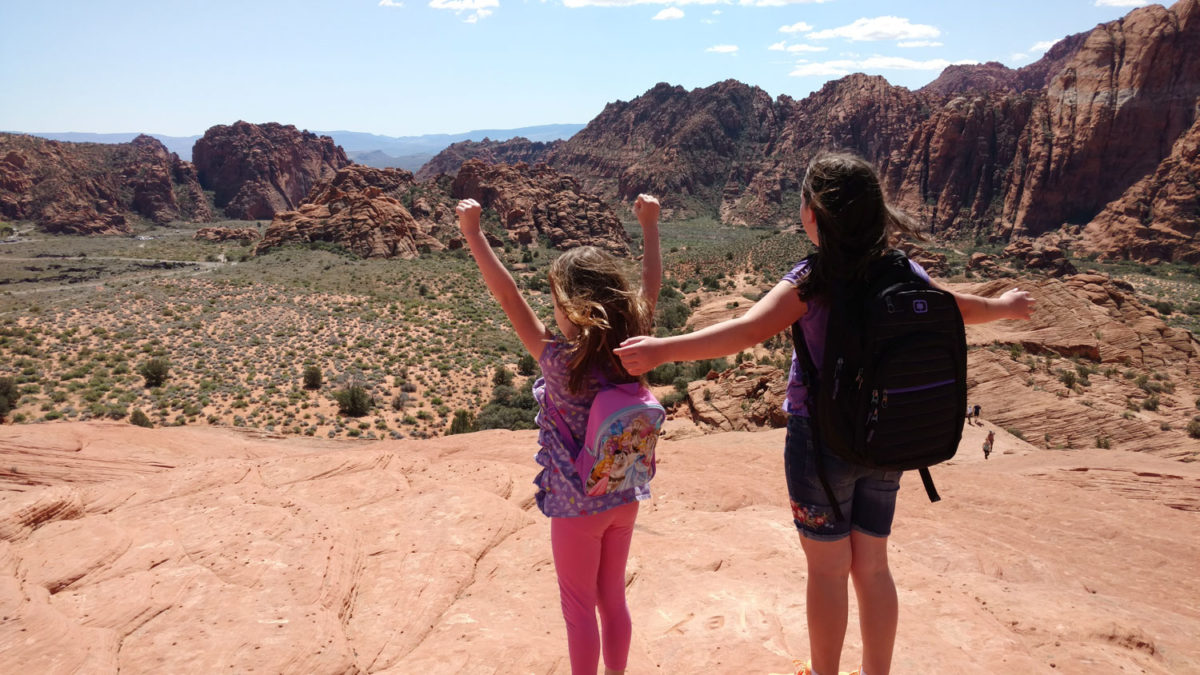Where you stay in Iceland can really impact your experience of the island. There are options ranging from luxury hotels to camping and pretty much everywhere in between. Keep in mind that Iceland is the least densely populated country in Europe. Even though there are a wide range of lodging options, you may not find a specific choice everywhere on the island. You can have entirely different experiences in Iceland solely based on where you choose to rest your head.
1. Hotels & Guesthouses
Hotels and guesthouses are the more traditional approach to lodging. Hotels usually have more rooms and are corporately owned. Guesthouses usually have fewer rooms and are locally owned (think bed & breakfast). With either option, you call, you reserve your room, and you have a warm bed waiting for you. There are many hotels and guesthouses that have great reviews about their cleanliness, friendly staff, and tasty food.
One convenience is that many of the hotels have is an inhouse restaurant. Keep in mind that this is probably the most expensive way to eat in Iceland. Eating out is not cheap. The hotels are no exception. Think restaurants with cloth napkins and some ambiance kind of prices, not McDonald’s.
Another detail you are going to want to check is whether or not you have a private bathroom. Some hotel rooms do have shared bathrooms. If this is an issue for you, be sure to check the details of the room before you book.
On the downside, this is definitely the most expensive option. Depending on the season, it can be significantly more expensive. The availability of hotels can be very limited, especially outside of Reykjavík. They fill up particularly fast in summer, so you need to book a room months in advance to ensure your spot. Booking in advance will usually get you a better price, as well. As demand increases, so does the price.
If you want to book a hotel or guesthouse, you may want to try contacting the hotel directly. You can also try websites like Hotel.is, which is an Iceland-specific hotel booking site, or more general hotel booking sites like Booking.com or Agoda.com.

2. AirBNB
Not going to lie, this is my current favorite travel option and the route my husband and I chose for our vacation to Iceland. We had a very pleasant experience with caring hosts that would check in (email or phone) to make sure you made it and were able to access the property. Every place we stayed in was clean and very private, which is what we look for in lodging.
AirBNB is usually less expensive than booking a hotel room. Of course, if you look at booking a large house, it will probably be more expensive than a standard hotel room (though not always). It is still not the least expensive way to go, but it will save you quite a bit from a standard hotel. You also don’t have a daily maid service, so there is a trade-off.
If you thrive on being social, this may not be your favorite option. Many of the AirBNBs can be very isolated. If you’re wanting an interactive experience with other travelers, this wouldn’t be the ideal choice. If you like to retreat to a quiet getaway in the evening, this could be perfect for you.
3. Hostels
If you’re wanting to drastically cut costs while still sleeping in a building and a more social travel experience, try a hostel. The dorm rooms of a hostel are significantly less expensive than a hotel or AirBNB. You will be bunking with other travelers and sharing a bathroom. This is definitely the most social lodging option. It can be a great way to exchange stories, travel ideas and tips.
Private rooms are often available, as well. You do pay for the privacy, though. Private rooms are usually much more comparable in cost to a hotel or AirBNB. If you have a larger family or group, some hostels have larger private rooms that house up to 6 people for less than reserving 2 hotel rooms.
If you’re wanting to try a hostel, start by checking HostelBookers.com or HostelWorld.com.

4. RV Camping
What could be more convenient than taking your room with you? You wouldn’t have to pack up every time you changed locations, you’d be able to cook your own food (if it has a kitchen) saving a lot of money on food, and you be having an out of the box experience! Sounds great, right?
If you were already planning on renting a car, this actually does save you some money. There are some rules to this way of travel, though. You can’t just pull to the side of the road and call it a night. In fact, that is against the law in many places. Using a campsite is your best bet. They cannot be booked in advance and are first come, first serve. Usually, this isn’t a problem. It is good to keep in mind, though.
If you are wanting to visit the highlands, this is not the right choice. RVs are not suited for the highland roads and not allowed. If you’re not planning on visiting the highlands, this may be the perfect choice to have a unique experience in a unique landscape. You’ll get the experience of camping while still being shielded from the elements.
To book an RV, you could try a booking site like Extreme Iceland, which we used to book some of our tours, or contact the businesses directly. Some well-known RV rental businesses include Camper Iceland, Campervan Iceland, Kuki Campers, Motorhome Iceland, or Snail Motorhome Rental. You may also want to look into a camping card. It gives you access to around 40 campsites.

5. Tent Camping
Another out of the box way to see Iceland is in a tent. It is the least expensive and some nights even free, depending on where you stop. Since Iceland does not have any dangerous wildlife, you don’t even have to worry about a bear or other predator walking into your campsite.
If you want to camp in Iceland, you need to be tough. The weather is unpredictable and at times unforgiving. You may face harsh winds, cold temperatures, and surprise storms. I’d recommend camping in the summer months. This is especially true for the highlands, which may not be accessible at other times of the year due to snow. Summer weather is more mild and predictable than spring or fall. If you’re crazy enough, you could even try the winter. There will only be a couple of hours of daylight, though.
Make sure your equipment is rated for the conditions. Since campfires are completely illegal, you won’t be able to warm yourself by the fire at night. Even if it was legal, in most places you couldn’t find firewood if you tried.
You may want to bring a sleep mask along as well. In the summer, you’ll be enjoying the midnight sun and it will never get fully dark. This isn’t an issue in a building or even an RV. You can just close the curtains. It may be an issue in a tent if you’re a light sleeper.
Research where camping is permitted. Remember, parking along the roadside is illegal in many areas. You also cannot camp on private land without the owner’s permission. Be sure to research your route so you know where the campsites are located and where wild camping is permitted.
If you don’t want to bring your own camping gear, this self-drive tour package has all your gear included. For information on places to camp, try these articles by Inspired by Iceland and UST.is. Also, look into a camping card. It gives you access to around 40 campsites.
Hopefully that gives you a starting point for planning your stay in Iceland. Please comment below if you have any insights or ideas to share. I’d love to hear from you!







